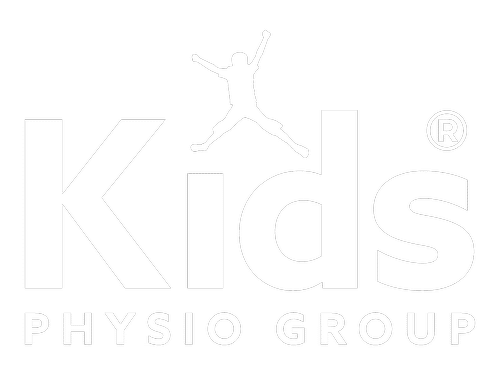Spinal Muscular Atrophy

Spinal Muscular Atrophy (SMA) is a group of hereditary diseases that involves damage to the cells in our body that control our motor function – speaking, walking, breathing, swallowing, and movement of the arms and legs. Spinal muscular atrophy results in loss of muscle tissue and weakness. When there is a disruption between the cells that control motor function, this can result in atrophy or wasting of the muscles. This weakness is often more severe in the trunk, upper leg, and arm muscles compared to the hands and feet.
Types of SMA
- SMA type I = Werdnig Hoffman Disease (infantile-onset SMA)
- Usually evident before 6 months of age
- Symptoms include hypotonia (reduced muscle tone), decreased limb movement, decreased tendon reflexes, fasciculations (twitches), swallowing, and feeding difficulties and impaired breathing.
- SMA type II = Immediate form
- First symptoms usually appear between 6 and 18 months of age
- Able to sit without support, but cannot walk or stand unsupported
- Respiratory difficulties
- With disease-modifying treatment and proactive clinical care, motor functions can be improved
- SMA type III = Kugelberg Welander disease
- Develop symptoms after 18 months of age
- Can walk independently
- Proximal (closer to the trunk) leg muscles are affected first and the hands develop a tremor
- Complications can include scoliosis and joint contractures
- Prone to respiratory infections
How Physiotherapy Can Help
Physiotherapists can assess gross motor function, do hands-on testing on muscle strength, tone, and length. They can also provide exercises to help with maintaining or gaining strength. There have been amazing medical advancements for children with SMA and physiotherapists can support them in learning motor skills through:
- Management of contractures through passive or active stretching
- Supporting with equipment needs
BOOK YOUR INITIAL ASSESSEMENT TODAY
Take the next step and make your child’s health a priority!
